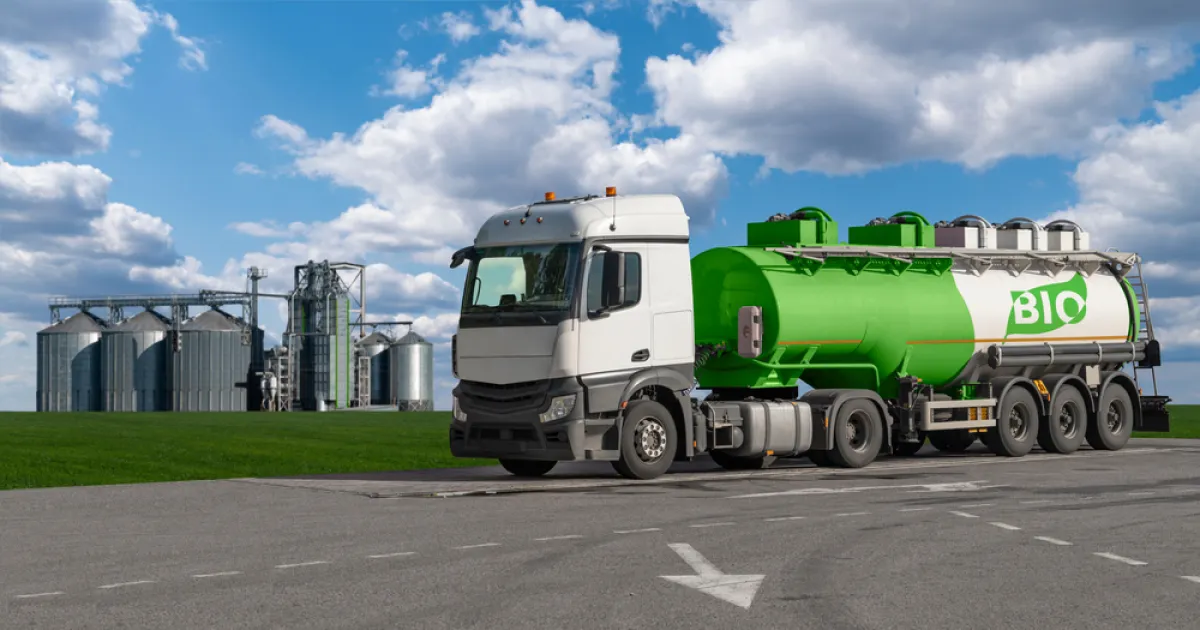
The BCG model is a holistic economic development driving three economies simultaneously: a bioeconomy that adds value to biological resources, in connection with a circular economy that takes into account the efficient use of resources, and the green economy that takes into account the sustainability of resources and the environment. Its main target areas are energy, materials, and biochemistry. Thailand has the potential to develop technology and innovations that can contribute to energy security at all levels, especially the “bioenergy industry.”
Thailand places great importance on finding new, sufficient energy sources to meet long-term demand, especially energy from agricultural products and the large amount of waste in the production process. This is the reason for the success of the first phase of the Renewable Energy Development Plan, and the goal of the Renewable Energy and Alternative Energy Plan 2015-2036 has been adjusted by increasing the proportion of renewable energy consumption to 30%. For biofuels, the goal is to increase the use of biodiesel by 3.6 times, ethanol by 2.9 times, and biogas by 1.6 times from 2017 levels. As a result of the renewable energy and alternative energy plans, in 2018 Thailand used a total of 18,448 thousand tons of renewable energy, accounting for 25.2% of final energy. This could reduce energy imports by US$4.5 billion and reduce carbon dioxide emissions by 35.98 million tons (Department of Alternative Energy Development and Efficiency, 2017). There are three types of biofuels that are commonly produced and used in Thailand:
The Department of Alternative Energy Development and Efficiency estimates that Thailand’s biogas production potential is 18,700 million cubic meters, which is derived from these sources: